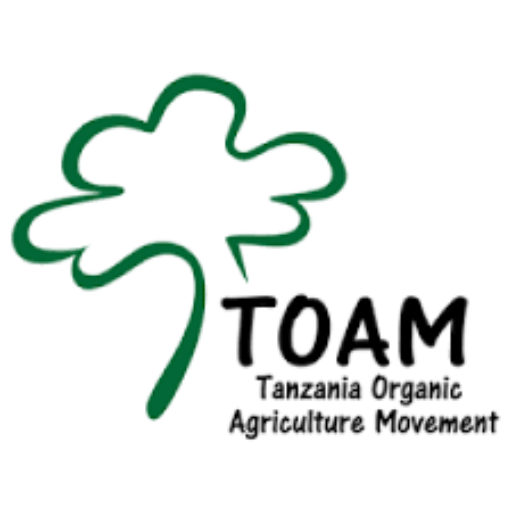
STEP BY STEP GUIDE TOWARDS CONVERSION TO ORGANIC AGRICULTURE
Step 01.
The need to convert
Consider making a move to organic agriculture if your answer to some or all of the following questions is “yes”.
Crop production systems
- Can you practices intercropping, crop rotations and other GAPs in your farm?
- Do you have a source of farmyard manure/compost/slurry on or near your own farm?
- Can you see yourself farming without relying on pesticides and chemical fertilisers?
- Do you have access to training and learning centers for Organic agriculture?
Is organic farming profitable?
Organic farming can be a profitable system of farming with some of the most profitable farmers in the country farming organically. Maintaining good output levels through the adaption of organic farming production methods, coupled with lower production costs and good market prices contribute to higher margins.
Step 02.
Gather information
- Get well equiped with the adjustments required by talking to other organic farmers and contacting a local advisor.
- Familiarise yourself with the Organic Standards: A major factor distinguishing organic farming from other approaches to sustainable farming is the existence of locally, regionally and internationally acknowledged standards and certification procedures. These standards have been developed to provide organic producers with consistent, clear rules as to how organic food should be produced. The standards you follow depends on your target market. For the export market EU standards are applicable and for the local and regional market the East African Organic Product Standards are applicable.
- Be aware of the Dos and Donts as per the particular standards.
Step 03.
Join organic farmers group
If you are in an area where there are other farmers practicing organic, joining their team will help you improve your performances through exchange learnings from the members. Also you can join TOAM umbrella as a member to be ablke to access other networking platforms for learning. As a member, TOAM can assist you on information of organic stakeholders available in your area so that they can offer direct assistance to improve your organic production systems.
Step 04.
Attending Organic agriculture training/courses
As part of the organic agriculture standards requirements, organic operators should make sure they have attended training or courses offered on organic agriculture management principles and practices to make sure they are well knowledgeable of their operations. The trainings can be physical or virtual depending on the need. It can be done by organizations, centres of excellence, lead farmers, community facilitators, extension officers etc who have knowledge and experience in conveying such trainings.
Step 05.
Complete the conversion period
After deciding to start organic farming and have all the necessary information required, you can contact TOAM to visit your farm and offer the “in-conversion licence” and the conversion period immediately began. Depending on the farm history with the application of chamical pesticides and fertilizers, the conversion period can be determined and incorperated in the licence. After the visit TOAM will propose the changes that are to be adhered during the conversion and ensure they are implemented during this period.
Step 05.
Complete the conversion period
After deciding to start organic farming and have all the necessary information required, you can contact TOAM to visit your farm and offer the “in-conversion licence” and the conversion period immediately began. Depending on the farm history with the application of chamical pesticides and fertilizers, the conversion period can be determined and incorperated in the licence. After the visit TOAM will propose the changes that are to be adhered during the conversion and ensure they are implemented during this period.
Step 06.
Identify your certification body
Depending on the targeted market, it is important to identify and contact certification body for further guidence on how you need to handle your production system so that you can be qualified for the certification. This step should be considered at the very begining of the season and not after the harvest. TOAM can assist on the type of certification you need and link you with the respective body
Step 07.
Inspection and certification
To be a credible organic farmer, certification is very important. After identifying the certification body you need, you can send your application and inspection will be done as per their procedures. After the inspection, the report will communicate results and if the farm qualifies, a certficate will be issued and licence to use a particular mark in your product that will distinguishes your products in the market
